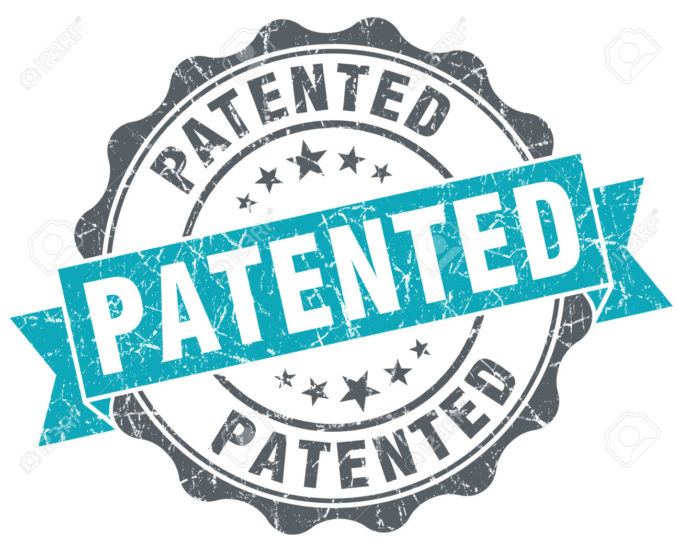
McRO v. Bandai Namco Games America: Federal Circuit Court Provides Clarity on Patent Preemption Post-Alice
By Seán Finan – Edited by Grace Truong
McRO, Inc. v. Bandai Namco Games Am. Inc., Nos. 2015-1080, et al., 2016 U.S. App. LEXIS 16703 (Fed. Cir. Sep. 13, 2016). Opinion hosted by the website of the United States Court of Appeals for the Federal Circuit.
The Court of Appeals for the Federal Circuit Court (the “Federal Circuit Court”) reversed the decision of the United States District Court for the Central District of California (the “District Court”), which had found invalid the patents of the plaintiffs, McRO, Inc. (U.S. Patent Nos 6,307,576 and 6,611,278) on the grounds that the claims were directed to patent-ineligible subject matter under 35 U.S.C. §101 (“§101”).
The Federal Circuit Court held that the claim was sufficiently limited and specific that it did not constitute a claim direct to an abstract idea and was therefore patent eligible subject matter under §101. In so holding, the court urged caution against oversimplifying process claims involving abstract ideas. A claim over a genus (or type) of method will not necessarily preempt the field. Where a claim leverages an abstract idea or natural law to achieve a result, its patentability will depend on it being directed to a specific or limited methodology that improves a technical process, rather than to a specific result achievable through generic machinery.
IPWatchdog and Microsoft both welcome the decision, saying it should provide much needed guidance for software designers on how to draft patent claims to avoid rejection under the Alice test. Faegre Barker Daniels notes that it remains unclear whether pre-emption will continue to be considered on both a broad and a narrow basis (see infra). The National Law Review characterizes the decision as a clarification of principles, rather than an upheaval of existing law.
The Claim
The claim at issue related to the lip-synchronization of a 3D animated figure with recorded speech. Animators work with models of faces involving a character’s resting expression (the “neutral model”) and various other expressions (“morph targets”) corresponding to the shape of the character’s face as the character made certain sounds. Previously, animators directed and timed the transitions between the neutral model and morph targets by hand; a time-consuming process. The claim detailed a method of automating this process using a set of rules for the transition between expressions based on the series of sounds being pronounced.
The Decision: Intangible Inventions
The District Court found for the defendants, Bandai Namco Games Am. Inc et. al., (“Bandai”) and held that the claim was directed to an abstract idea and therefore ineligible for patent under §101. The Federal Circuit Court disagreed and urged caution against oversimplifying process claims involving abstract ideas. Bandai argued that the claims were directed to the abstract idea of automation of the animation process using rules. The invention, they argued, was not sufficiently tangible; it was too broad to be patent eligible. However, the Federal Circuit Court held that an intangible claim may be patentable if it improves the relevant technology. Here, the automation was found to have improved the relevant technology by incorporating rules in place of the subjective judgement of animators.
The Decision: Preemption
Moreover, the Federal Circuit Court noted that the concerns surrounding patentability under §101 relate to preemption, not tangibility. The preemption concern was raised by the fact that the claim related to a genus of invention, not merely a species. However, the court refused to find that the claim had pre-empted the broad field of processes for the lip-synchronization of 3D characters or the narrower field of automation of the process using rules. In both the broad and narrow cases, the claims were limited by meaningful requirements for the formulation and application of rules and as such, did not pre-empt the field.
Impact: The Alice Test
The case illuminates the contours of the first of the two limbs of the Alice test. See Alice Corp. v. CLS Bank Int’l, 134 S. Ct. 2347, 2355 (2014). Under this limb, the court must assess whether a claim is “directed to” a judicial exception to patentability under §101. The court noted that abstract ideas or laws of nature are judicial exceptions. However, they also noted that all claims embody some abstract idea or law of nature and the court must examine the claim as a whole to determine whether the claim preempts a field of discovery. They concluded that the claim at issue did not and, as such, was patent eligible. They also affirmed the ruling in Digitech, finding that a process for automation that goes beyond organizing information in a new form or carrying out a fundamental economic practice may be patent eligible. See Digitech Image Techs., LLC v. Elecs. for Imaging, Inc., 758 F.3d 1344, 1351 (Fed. Cir. 2014).
Seán Finan is an LL.M. Candidate (2017) at Harvard Law, writing and researching in the intersection of public policy, bioethics and IP. He contributes at the blog of the Petrie-Flom Center.